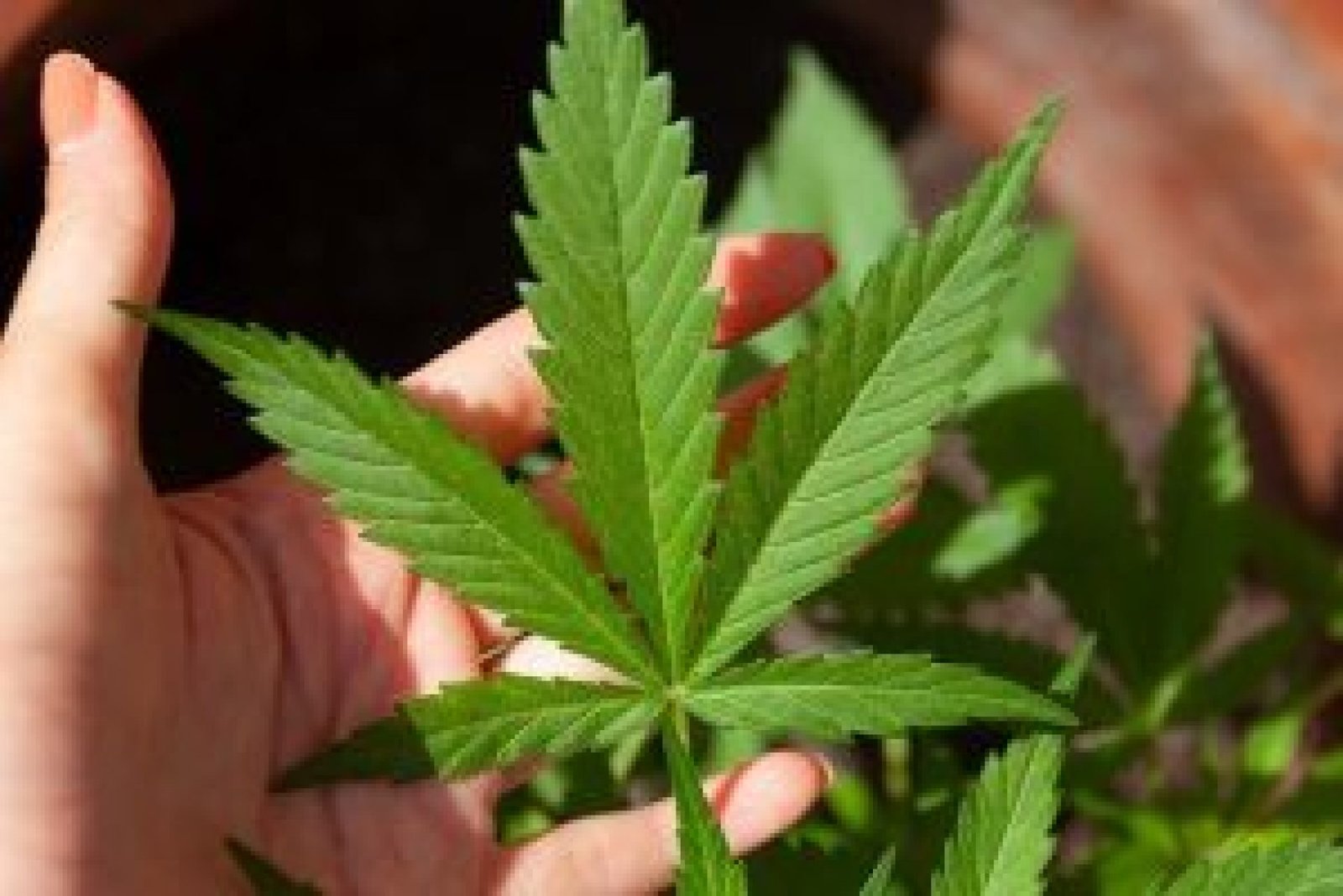What exactly is THC-O?
When opposed to other cannabinoids, THC-O has a completely different headspace. Low-doses of mescaline are most equivalent, but with softer visuals and a considerably stronger, physiologically sedating impact.
What Gives THC-O Its Extra Strength Over Regular THC?
While there is still a lot we don’t know about this drug, it’s apparent that its effects are far more potent than THC. THC -O is a prodrug that does not become active until the liver has digested it.
After it’s been digested, all that’s left is delta 9 THC. So, why is this compound more powerful?
The distinctive functional group (-O) is eliminated after THC -O is absorbed, allowing THC to perform its effects as normal, although at a considerably larger concentration. Getting impatient and taking a second dosage too soon is a typical (and very fatal) error individuals make with this substance.
Because of its acetate chemical group, there is significant worry about the safety of smoking THC -O. After smoking THC -O-acetate, several Reddit users noticed delayed onset coughing and lung congestion. Some scientists relate THC -O-danger Acetates to that of vitamin E acetate, a chemical found in low-cost vape carts that have been connected to lipoid pneumonia, a serious lung illness.
Is THC-O a Cannabinoid Found in Nature?
THC-O does not occur naturally. It is one among several synthetic cannabinoids available. THC-O, for instance, has a benzopyran moiety and possesses an ABC-tricyclic structure. This feature is shared by all classical cannabinoids (CBC, CBD, delta 8 THC, and 9 THC).
Nonclassical cannabinoids are compounds that are structurally distinct from cannabinoids found in nature. They are referred to as cannabinoids because they may bind to endocannabinoid receptors or exhibit cannabinoid-like features. Compared to conventional cannabinoids, these drugs provide a much greater risk of adverse consequences. Among the examples are naphthoylindoles and phenyl acetyl indoles.
Is THC-O a legal drug?
THC-O is not classed as a prohibited substance in most nations, except New Zealand and the United Kingdom. THC-O is almost probably a Schedule I narcotic under the Federal Analogue Act in the United States. By default, any analogs of controlled Schedule I substances are illegal under this 1986 law. Substances must be manually exempted from this list.
THC-O is likely to be illegal in the United States and most of Europe under the FAA since it is a derivative of delta 9 THC (a Schedule I narcotic). THC-O isn’t expressly classified as a restricted substance in Canada, and there are no laws against chemical analogs, but it’s extremely difficult to get in the country.
What Is the THC-O Dose?
There has never been any official research on the best amount of THC-O; however, there have been numerous anecdotal tales of people experimenting with different doses of THC-O. THC-O has a threshold dosage (the lowest amount required to generate detectable psychoactive effects) of around 2 mg or 0.5 mg inhaled.
It indicates that anything above this level will have psychotropic effects. Before taking a larger amount on another occasion, wait and observe how it affects you.
What’s the Difference Between THC-O and THC?
THC-O is a prodrug and analog of THC. When smoked, vaped, or ingested orally, it has the same basic structure and provides fairly comparable effects. Another common analog is delta 8 THC, produced naturally when delta 9 THC degrades. It’s also manufactured synthetically, utilizing CBD as the starting ingredient in isomerization.
There’s also delta 10 THC, 7 THC, THCV (tetrahydrocannabivarin), THCP (tetrahydrocannabiphorol), and a slew of additional THC derivatives.
1. Chemical Composition
THC-O has the same basic structure as THC, but it has a different functional group (an acetate group). Because of the extra part of the molecule, it is far stronger than most other types of THC.
2. Profile of the Effect
When compared to other forms of THC, the effects of THC-O are comparable. THC produces a similar high in all forms, with slight changes in how we experience sensory information such as sight, taste, sound, and touch. However, there are some slight modifications in the emphasis of the experience in each edition.
THC-O, for example, is thought to be a “heavier” and more psychedelic form of THC than others. It creates a large stone that can render the person unconscious for several hours. The visual experience is far greater than practically any other kind of THC, and the headspace might make you zone out.
Overall, the experience may be quite delightful and educational, but it can also be rather painful if you melt into the sofa. THC-O isn’t for everyone, but those who appreciate these effects will probably enjoy THC-O. It reminds me of that old anti-pot commercial. Delta 8 THC, on the other hand, has a comparable strong impact, focusing on the more relaxing aspects of the THC high — but considerably weaker. THC-O is about 5 times, if not more, powerful than delta 8.
Compared to THC-O, delta 9 THC and delta 10 THC have significantly higher stimulating effects and approximately a third of the intensity.
3. Low-cost THC is widely available nowadays
Many places globally, including more than half of the United States, have made it legal. Delta 9 THC is quite inexpensive. Government regulation and taxes, rather than the expense of production, are the key reasons driving up the price.
THC in the delta 8 range is comparable to or less expensive than THC in the delta 9 range. Massive volumes of hemp biomass are being utilized to create this thing on an industrial scale since it’s made from hemp and is uncontrolled by the federal government (which brings the cost down).
On the other hand, THC-O is far more difficult to create and is prohibited in the United States. THC-O can only be made safely by competent chemists with access to fairly sophisticated lab equipment. THC-O may be fairly expensive due to simple supply and demand (if you can even find it).
4. Accessibility
THC regulations are among the worlds most complicated, conflicting, and perplexing.
On a federal level, delta 9 THC, for example, is prohibited. It’s in the same classification as heroin and cocaine. Some states, however, allow it provided you have a doctor’s prescription. It can be sold to anybody over the legal age limit in certain places. These laws are opposed to one another.
Conclusion
Although Delta 8 THC is lawful in the United States, it is banned in other states. THC with a delta of 9 is sometimes allowed, but not with a delta of 8. The regulations surrounding THC-O are considerably murkier, as this cannabinoid has never been mentioned in any state or federal legislative. It’s thought unlawful under the Federal Analogue Act, although this is also up for question.




